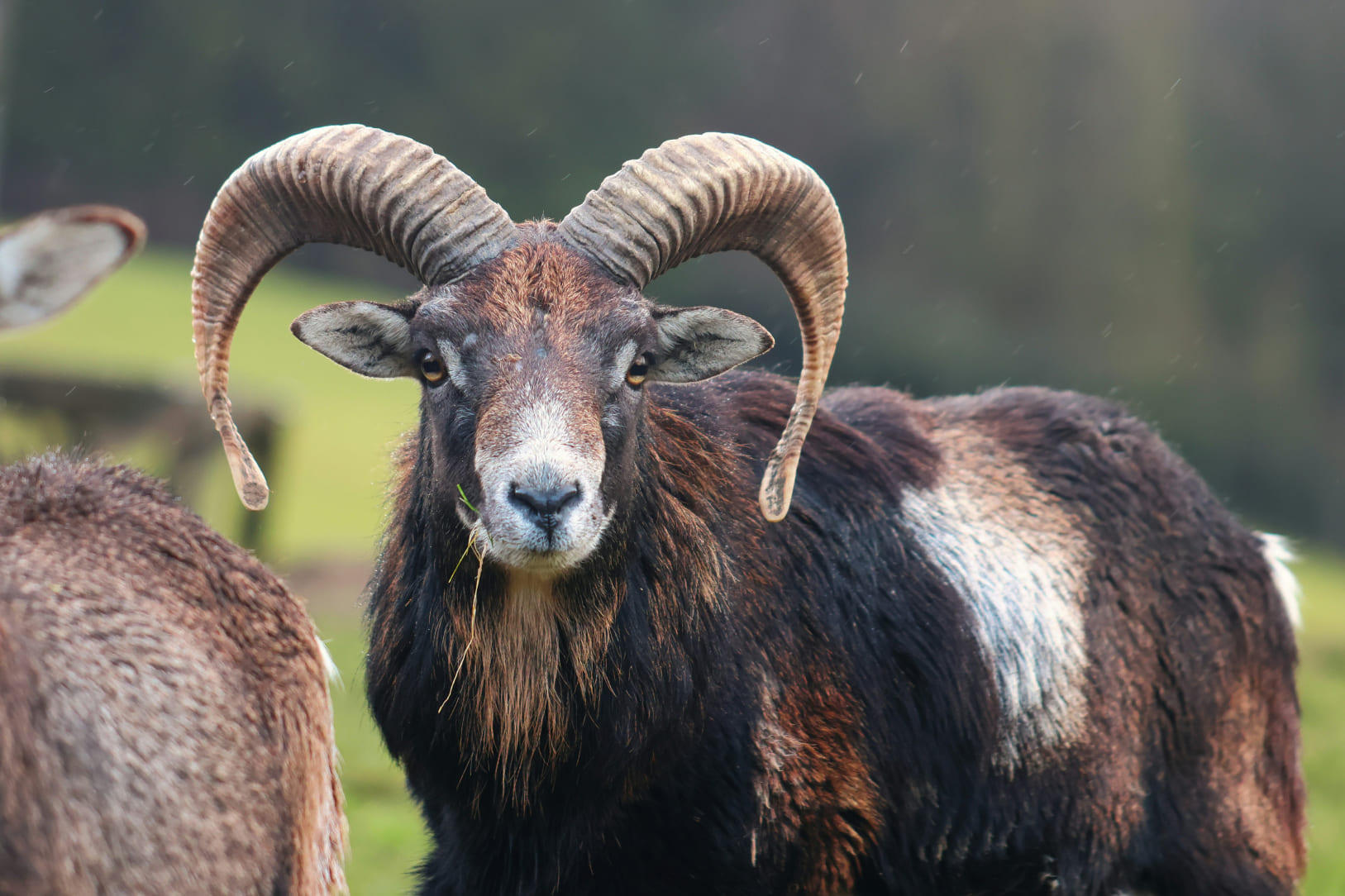
The savanna is more than just a vast expanse of golden grasslands—it is a finely tuned ecosystem that supports an incredible diversity of life. From the towering acacia trees to the tiniest insects, every element of the savanna plays a role in caring for its animals, ensuring the survival of species through intricate interdependencies.
Waterholes are the lifeblood of the savanna, offering a vital resource for countless animals. During the dry season, these water sources become gathering points where herbivores like zebras and elephants come to drink, while predators like lions and crocodiles lie in wait. The savanna’s trees and shrubs provide food and shelter, protecting animals from the harsh sun and offering hiding spots from predators.
Seasonal patterns also play a crucial role in sustaining life. The wet season brings an abundance of food, allowing animals to breed and rear their young. The dry season, though more challenging, drives migrations, ensuring that grazing animals do not overexploit any single area. Even predators play their part in maintaining the ecosystem, controlling herbivore populations and ensuring that vegetation is not depleted.
Through its balance of resources, the savanna showcases nature’s ability to provide for its inhabitants. However, human activities and climate change threaten this delicate equilibrium, making conservation efforts essential to preserve the savanna's ability to sustain life.